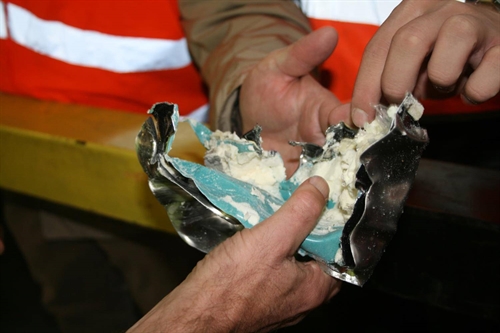Canada: Waste management and new recycling technologies
The goal of this project is to support the development of a sustainable waste management policy and the introduction of new recycling technologies in Canada.
To achieve this, knowledge will be shared between stakeholders during several trade missions, workshops and conferences. Priority subjects are Anaerobic Digestion, Industrial Composting, Construction and Demolition waste, Energy from waste, and mechanical biological treatment. Activities are part of a Government-to-Government (G2G) and Partners in International Business project, lasting from November 2012 to November 2015.
In September 2013 representatives of Canadian public authorities and private companies visited Dutch authorities at local and national level and 13 recycling companies, with a special focus on composting and digestion of bio waste and C&D-waste. The tour also included the recycling Exhibition 2013 and a matchmaking event.

Read more
- article Organic matters
- article The Netherlands helps Canada with waste processing
Background of the project
Intended project results are:
- Exchange of Dutch experience, practice and policies with Provincial and Federal Government authorities to set an example for Canadian policies on waste diversion.
- Exchange of good practices and performance with regard to methods and techniques, presenting Dutch experiences from both the private and the public sector, approaches (governance and) technological solutions to a broad audience of public and private Canadian stakeholders.
In Canada the responsibility for managing and reducing waste is shared among the federal, provincial, territorial and municipal governments. Municipal governments are responsible for collecting and managing waste from households for recycling, composting, and disposal, while provincial and territorial authorities are responsible for approving, licensing and monitoring waste management operations.
In 2008 Canadians produced over 1,031 kilograms of waste per person, virtually the same per capita production as in 2006. Of this total, 777 kg went to landfills or was incinerated, while 254 kg was diverted from landfill.
Overall, this translated into 34 million tonnes of waste handled by the waste management industry. 26 million tonnes of that waste was disposed of in landfills or was incinerated and over 8 million tonnes was diverted or processed through material recovery facilities or centralised composting operations.
Approximately 21 million tonnes of waste generated came from non-residential sources while the other 13 million tonnes was from residential sources. Waste from non-residential sources usually accounts for the majority of waste for disposal. This was the case in 2008 with non-residential sources contributing 67% of the waste for disposal while 33% came from residential sources. The materials responsible for the majority of the total national diversion of 8.5 million tonnes to date are organics (28.8% of total), followed by cardboard (16.5%), newsprint (13.4%) and mixed paper (11.0%).
The most promising waste business opportunities in Canada are:
- Waste-to-Energy
- Waste as Feedstock
- Bio energy
- Landfills
